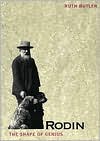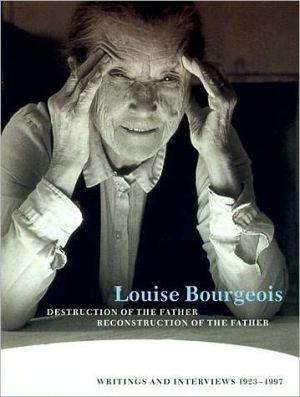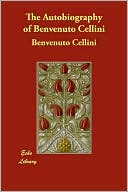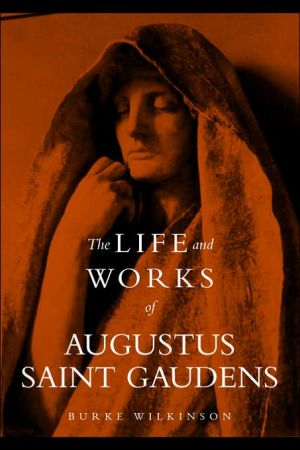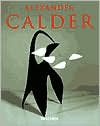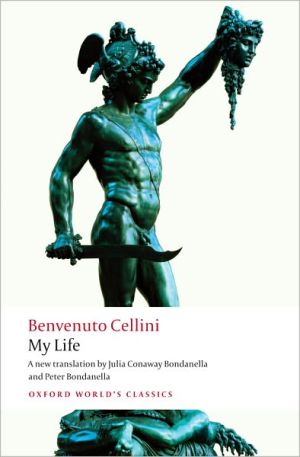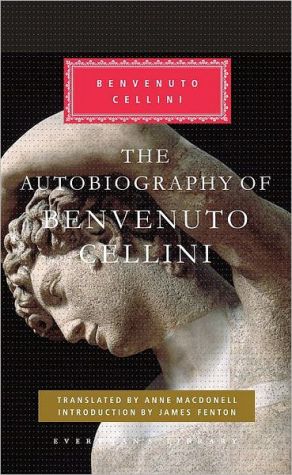Rodin: The Shape of Genius
Auguste Rodin-the most famous artist in the world at the turn of the twentieth century-led a life as sensational and intense as the great sculptures he created. In this major reinterpretation of Rodin's life and times, the accomplished Rodin scholar Ruth Butler draws for the first time on closely guarded archives and letters to disentangle the facts of this legendary artist's life from the many myths that have grown up around him. Lavishly illustrated, the book also provides new...
Search in google:
Auguste Rodin-the most famous artist in the world at the turn of the twentieth century-led a life as sensational and intense as the great sculptures he created. In this major reinterpretation of Rodin's life and times, the accomplished Rodin scholar Ruth Butler draws for the first time on closely guarded archives and letters to disentangle the facts of this legendary artist's life from the many myths that have grown up around him. Lavishly illustrated, the book also provides new interpretations of the motivations, execution, and reception of Rodin's extraordinary artistic creations.Kirkus ReviewsAn insightful life of Auguste Rodin (1840-1917) that's based on many previously unpublished letters and a fresh interpretation of familiar facts. Butler (Art/UMass at Boston) is especially perceptive about Rodin's relationships—how they inspired, energized, and influenced his art—particularly his relations with the women to whom he claimed he "owed everything": his sister, who died when he was 21; his companion of 51 years, Rose Beuret, whom his biographer, Judith Cladel, arranged for him to marry when they were both near death; Camille Claudel, the student whom he reputedly drove mad; wealthy married women who commissioned portraits; and dozens of models who inspired and posed for his thousands of frenetic erotic drawings. Returning to France from Brussels, where he'd began his career, Rodin stopped in Florence, where he encountered the grandeur of Michelangelo and was liberated from the Grecian academic style that prevailed in Paris. This new, more natural, and somewhat vulgar style, as well as the artist's own demanding nature, accounted for his alienation from the centers of power in the artistic community, especially from the Salon system. Nonetheless, in an age of "statuemania," of nationalism and public art, Rodin created major icons: The Kiss, The Thinker, The Burghers of Calais, and The Gate of Hell, the sublime portals based on Dante and cast for a museum that was never built. Butler's special strengths are in analyzing the politics of the artistic community and the art of politics; the expensive and collaborative nature of sculpture (the space, technology, and immense amount of assistance that Rodin required); Rodin's entrepreneurial dimension; his neglectof his illegitimate son; his fame abroad (Rilke wrote his first biography) but his equivocal position in France; and his loneliness. Like Rodin's art: simplified but rounded; monumental. (Two hundred photographs)
ForewordPrefaceAcknowledgmentsMap of ParisPt. 11860-791A Parisian Family in 186032Maria's Vow213Brother Auguste314Independent Man395A Sculptor's Assistant556Brussels and a Partnership697Outside the Partnership818Michelangelo919The Vanquished One9910The Paris Salon10611The Republic Needs Monuments124Pt. 21880-8912Why Was Rodin Commissioned to Make the Doors?14113Silence and Creativity, 1880-8115014Genius in a Man's Face16315The Women in Rodin's Life17916The Burghers of Calais, 1884-8919917How the Doors for the Musee des Arts Decoratifs Became The Gates of Hell21418In the Company of a "Woman of Genius"226Pt. 31889-9819Monuments to Genius: Bastien-Lepage, Claude Lorrain, and Victor Hugo23720More Monuments to Genius: Balzac, the Inauguration of Claude Lorrain, and Baudelaire's Tomb25221Ateliers and Assistants26122The Passion of Camille Claudel26823The Societe des Gens de Lettres28524Learning to Say: "It Is Finished"29525Victory and Defeat: The Hugo and Balzac Monuments306Pt. 41899-191726Becoming an Entrepreneur33327Outsider's Victory34928The Home of the Sculptor36229The Favors of Edward's Court37930Teaching Americans about Sculpture39831Rodin's Reputation in France41832Sexual Imperatives43633A New "Wife" and a Home in the City45534Reckonings47735The Gift492Afterword514Notes517Bibliography559Index567Illustration Credits592
\ Kirkus ReviewsAn insightful life of Auguste Rodin (1840-1917) that's based on many previously unpublished letters and a fresh interpretation of familiar facts. Butler (Art/UMass at Boston) is especially perceptive about Rodin's relationships—how they inspired, energized, and influenced his art—particularly his relations with the women to whom he claimed he "owed everything": his sister, who died when he was 21; his companion of 51 years, Rose Beuret, whom his biographer, Judith Cladel, arranged for him to marry when they were both near death; Camille Claudel, the student whom he reputedly drove mad; wealthy married women who commissioned portraits; and dozens of models who inspired and posed for his thousands of frenetic erotic drawings. Returning to France from Brussels, where he'd began his career, Rodin stopped in Florence, where he encountered the grandeur of Michelangelo and was liberated from the Grecian academic style that prevailed in Paris. This new, more natural, and somewhat vulgar style, as well as the artist's own demanding nature, accounted for his alienation from the centers of power in the artistic community, especially from the Salon system. Nonetheless, in an age of "statuemania," of nationalism and public art, Rodin created major icons: The Kiss, The Thinker, The Burghers of Calais, and The Gate of Hell, the sublime portals based on Dante and cast for a museum that was never built. Butler's special strengths are in analyzing the politics of the artistic community and the art of politics; the expensive and collaborative nature of sculpture (the space, technology, and immense amount of assistance that Rodin required); Rodin's entrepreneurial dimension; his neglectof his illegitimate son; his fame abroad (Rilke wrote his first biography) but his equivocal position in France; and his loneliness. Like Rodin's art: simplified but rounded; monumental. (Two hundred photographs)\ \
